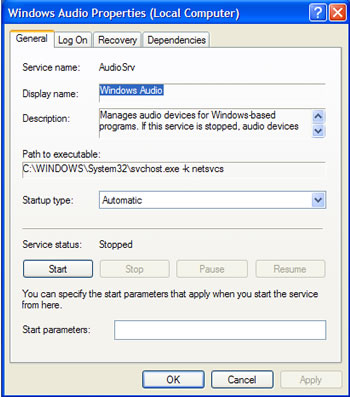

The Windows audio insert (APO) is a unique driver type, which acts as an insert on your output device. Learn more about this driver type here: Setting up Virtual Windows audio driver (WASAPI) in the SoundID Reference app Doesn't work with ASIO-exclusive devices.This driver type will be using the SoundID Reference Virtual Audio Device, which will be set as your default sound output device when using the SoundID Reference app. The Virtual Windows audio driver will calibrate your entire computer audio (browser, music players, streaming apps, and other apps). To access the other device type driver options, you'll need to create a new Output Preset. NOTE! It is not possible to change the device type from WASAPI to ASIO (or vice versa) after creating an Output Preset. Select one of the WASAPI driver options:.Click on Add new output in the bottom-left corner.The device and driver type selection is available during the Output Preset creation: Based on your hardware compatibility, personal preference, or workflow specifics, one of the driver options listed above should work for you.

Windows audio device insert driver (APO)Īll four driver types are unique, and offer solutions for different needs and requirements.SoundID Reference supports four distinct driver types (two WASAPI-based options, and two ASIO-based options): Setting up with the driver types in SoundID Reference This means ASIO-exclusive devices can be used with DAWs and professional audio applications only, as they are not natively compatible with the Windows Audio Engine for general music playback. Some audio interfaces are ASIO-exclusive, such as SSL 2+, Presonus Quantum 2626, Focusrite Red 8Pre, and more - such devices will not work with WASAPI drivers. Most external audio devices support both WASAPI and ASIO drivers, although some are limited to running a single driver at a time. Most external audio interfaces will include a WDM driver (driver framework developed by Microsoft for Windows) that allows communication with the operating system and other applications, providing support for plug-and-play functionality, power management, and other system features via the Windows Audio Engine. Most of the built-in audio solutions such as headphone ports and motherboard audio employ WASAPI drivers by default (WDM, DirectSound, or MME). SoundID Reference drivers receive the audio signal, calibrate and send the corrected audio signal to the output device driver of the designated hardware device: Setting up with the driver types in SoundID ReferenceĪudio drivers are software components that enable communication between the operating system and the audio hardware installed in a computer.


 0 kommentar(er)
0 kommentar(er)
